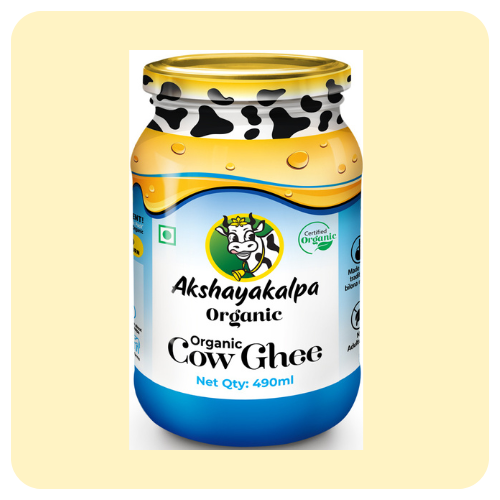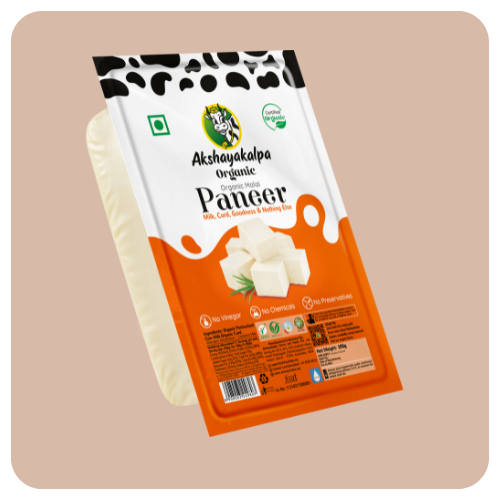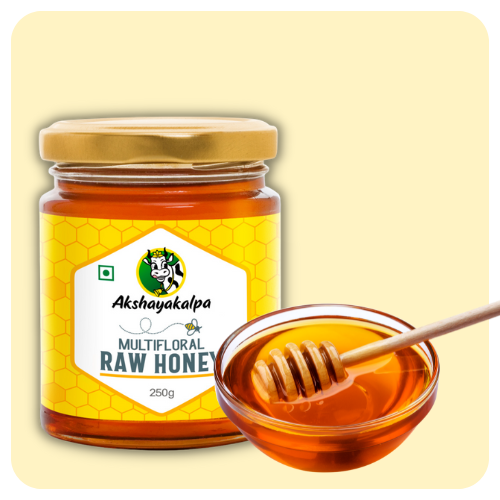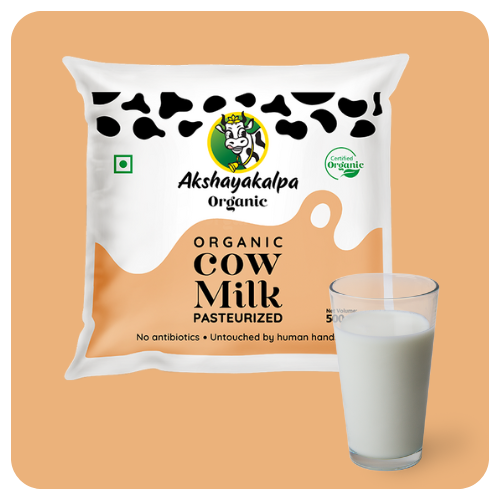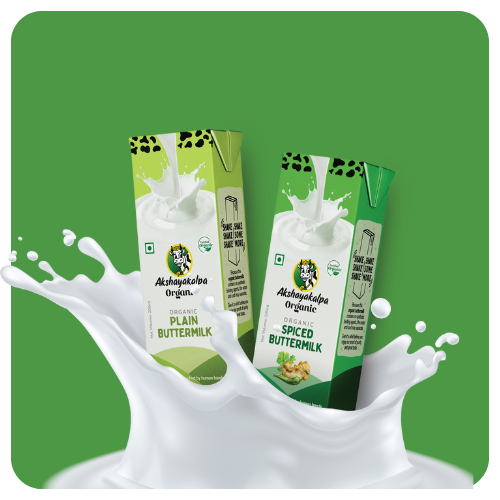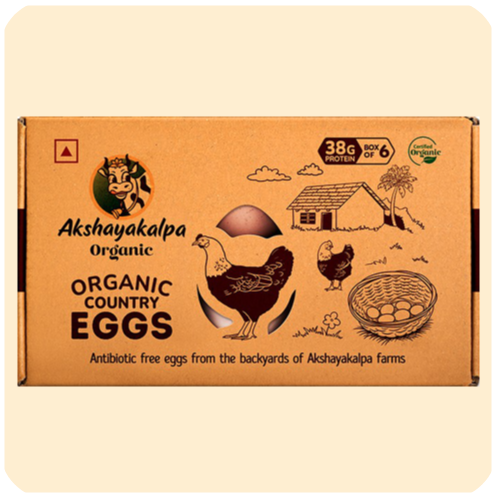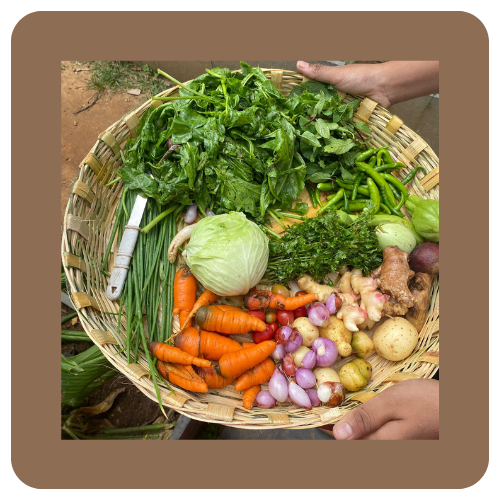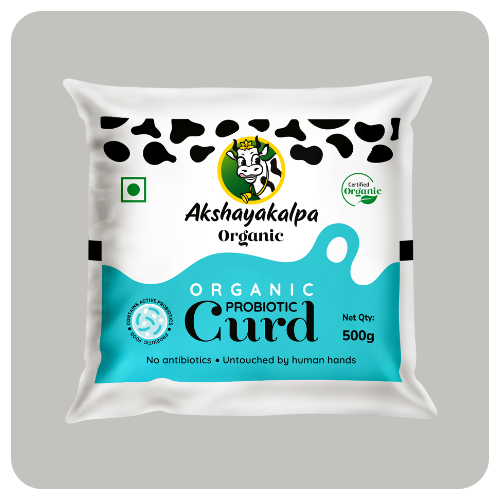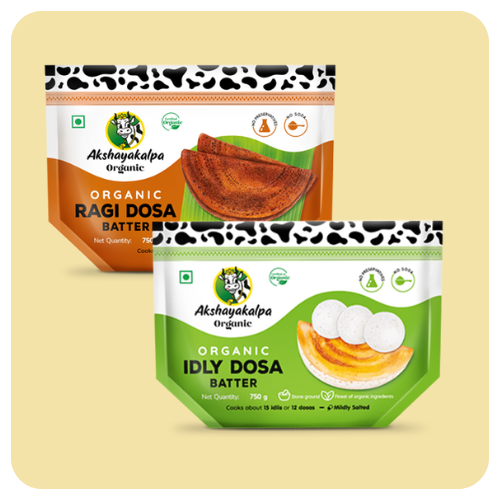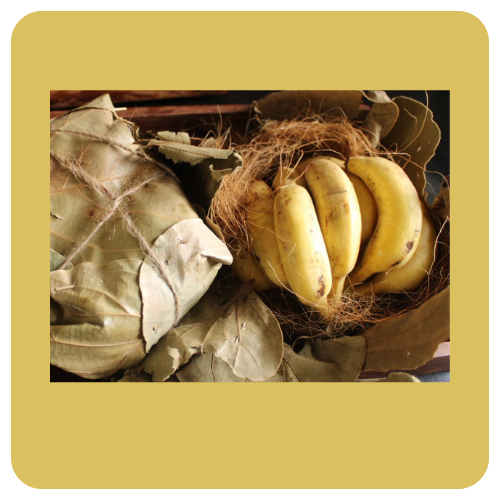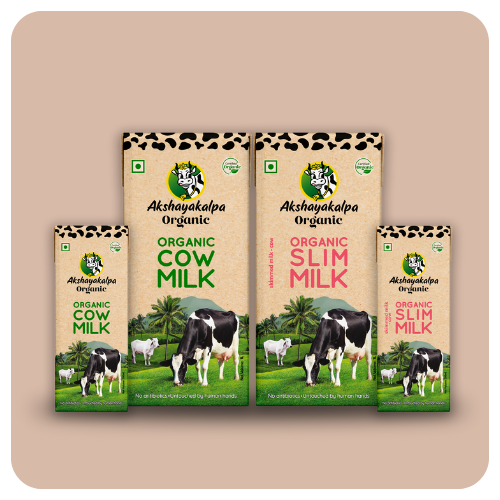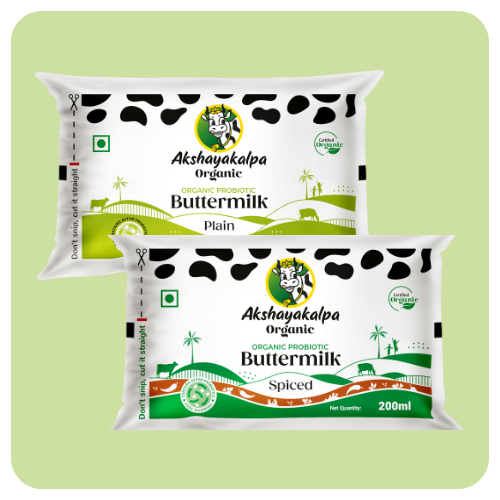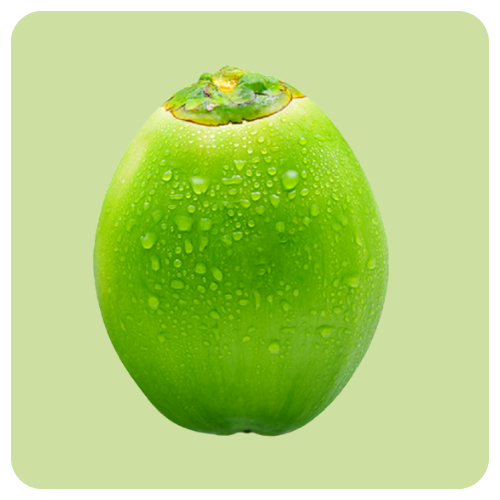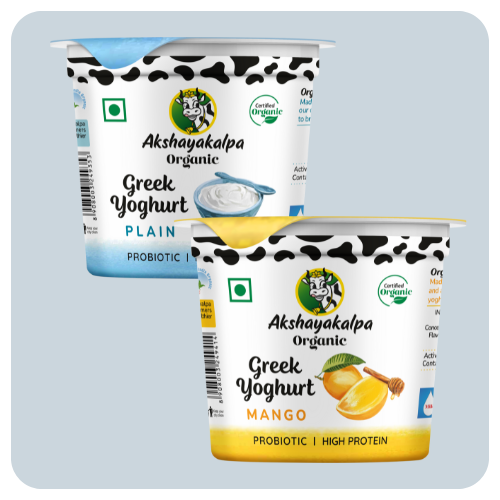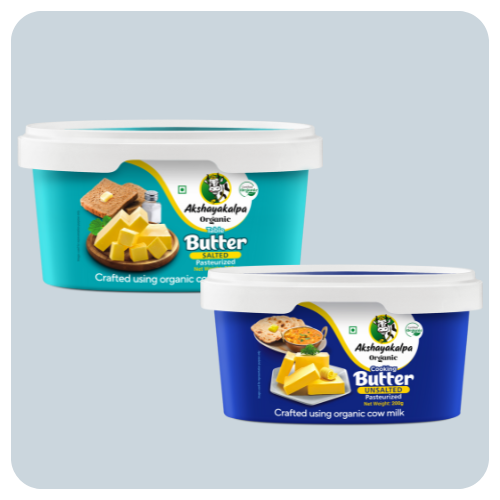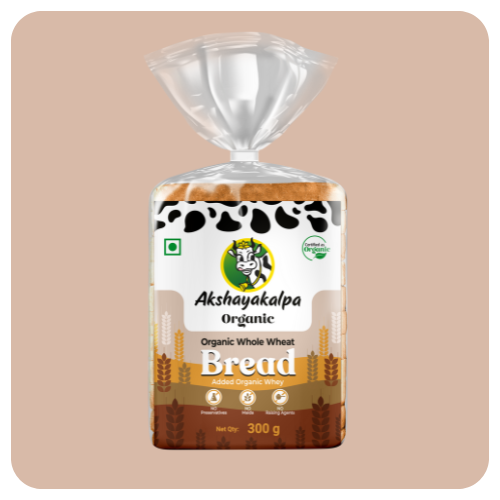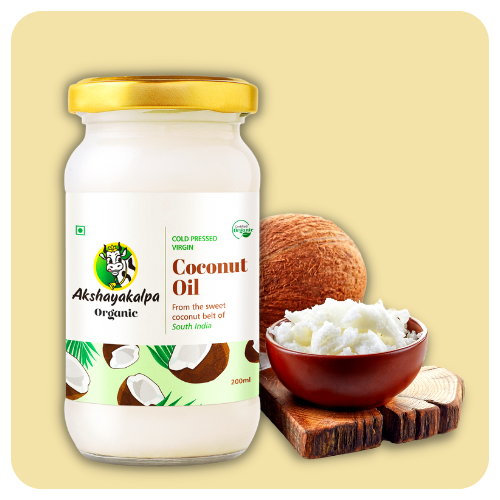How to identify healthy eggs?
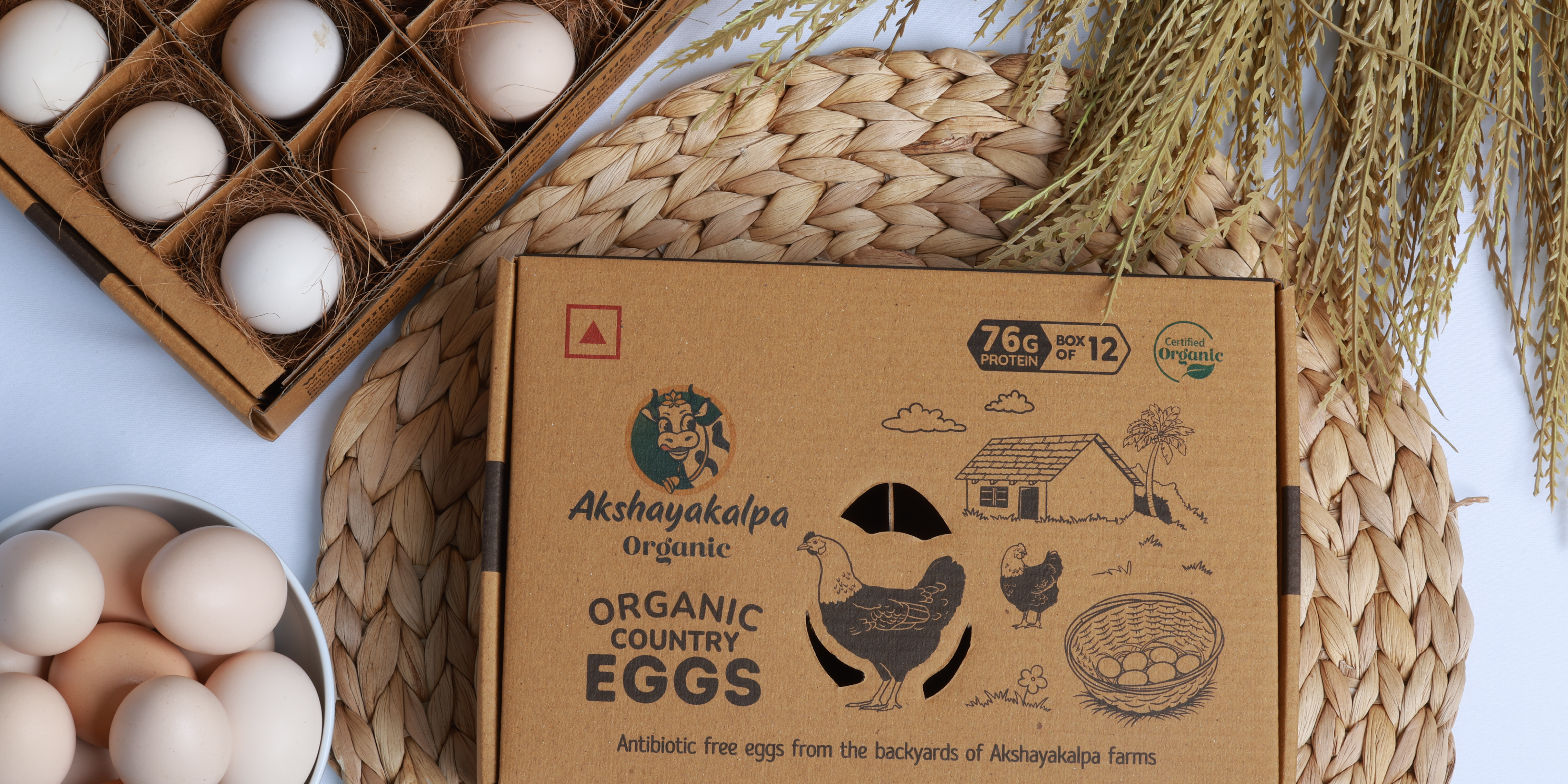
It’s confusing, right? Some say it’s about the shell colour. Others look at the size or how golden the yolk is.
But what if purity isn’t something you can see on the outside?
So, how can you tell if an egg is truly healthy for you?
It starts with the hen. And more importantly, what the hen eats.
You must have heard the saying, You are what you eat, right? Well, that applies to hens too. The feed that a hen eats directly affects the quality of the egg that ends up on your plate.
So, what should a healthy hen eat? It all begins with the basics. Just like us, hens require a balanced diet to stay healthy and produce nutritious eggs.
This means, their feed should contain:
- Proteins to build strong muscles, healthy feathers, and, to also form the egg itself.
- Calcium and phosphorus to make sure the eggshells are strong, and their bones stay sturdy.
- Vitamins and trace minerals that keep their metabolism running smoothly and their immune systems strong. Trace minerals like iron, zinc, copper and selenium are micronutrients needed in small amounts to support overall health, growth and well-being.
- And let’s not forget one of the most important yet overlooked essentials: access to clean and fresh water.
- And of course, plenty of sunshine, fresh air, and room to roam.
But there’s a problem in the system.
In most commercial poultry farms, the feed is focused on one thing: fast production. It’s usually a mix of corn, soy, and grains. It’s even spiked with antibiotics or hormones to boost production fast. Sure, it’s cost-effective, but it doesn’t exactly scream purity, does it?
But organic poultries do it differently.
In an organic poultry system, hens are never fed antibiotics or stress hormones. Instead, they’re fed an organic diet that includes kitchen waste like vegetable scraps, along with grains like ragi, maize, and ground nuts, and other natural, nutrient-rich foods. This keeps them happy, healthy and stress-free. And when hens are healthy, the eggs they lay are pure.
So, the next time you pick up an egg, don’t just look at the shell or the colour. What really matters is something you can’t see from the outside. It’s the story behind the egg—the environment, the care, and most importantly, the feed.
